How to pretend you've played 30 of the best games ever made
Chrono Trigger (1995)
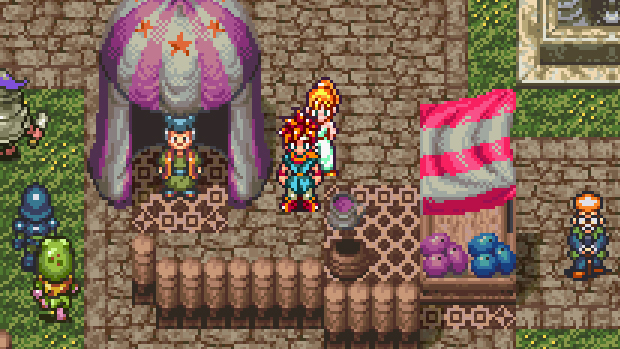
Format(s): SNES, DS, PS1, mobile
A spiky-haired swordsman, his inventor best friend Lucca, and a princess smothered by courtly life in a happy, bright steampunk society - possibly the only happy, bright steampunk fantasy world ever - accidentally time travel first to the past and then the far flung future. They witness an apocalyptic extinction event brought on by a celestial parasite called Lavos that crashed to Earth in the year 65,000,000 BC and caused the extinction of the dinosaurs only to re-emerge in 1999 nearly wiping out all life. They set out on a quest to stop the apocalypse from happening at all with the help of a personable robot, a talking frog knight, a gothy magician, and a tough as nails cave woman.
Key things to mention: Tricking someone into thinking you’ve actually played the game is as simple as memorizing key details about one of its late-game time periods. I recommend 12,000 BC and the magical kingdom of Zeal, where the world is broken into two classes of people. The magical Zealots live in a floating city in the sky, sucking magical energy from the hibernating Lavos to fuel their decadent lifestyle while the poor, non-magically adept humans scrape by on the surface of the earth that’s still enduring a prolonged ice age.
The most memorable scene: The key moment is in the year 2300 AD when the heroes uncover footage of Lavos destroying the planet and they decide it’s up to them to try and travel through time to stop it from happening. It sums up everything Chrono Trigger does so well, a scene of real heart and heroism tempered with awe and humor. Anthony John Agnello
Call of Duty 4: Modern Warfare (2007)
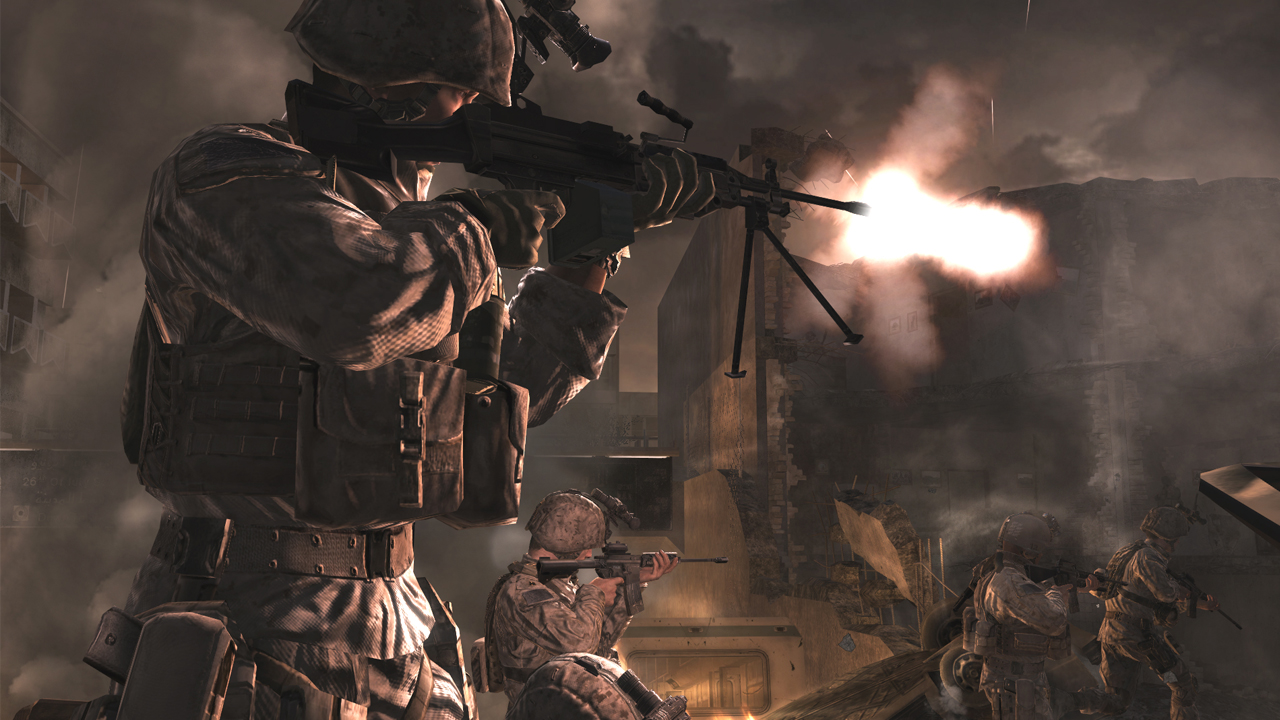
Format(s): PS3, Xbox 360, Wii, PC
Quite possibly the greatest FPS of all time, Modern Warfare - for all its focus on aggressive gunplay - has an incredibly complicated plot. In summary… it’s 2011, and the Russian government is at war with ultranationalists. At the same time, a terrorist leader called Al-Asad forms a military coup of a small, unnamed Middle Eastern country. Unsurprisingly, it transpires the two are working together, and are lead by a man called Zakhaev. Two military forces - the US Marines and the SAS are sent to quell the various troubles, and the player switches between them. The SAS team is lead by COD staple Captain Price, who eventually finds and kills Al-Asad, learns that Zakhaev has a nuke he intends to use on the US, and finally catches up with the big bad at the end of the game. You play a member of his team, Soap McTavish, and your final act in the game is when Price slides you a pistol to shoot Zakhaev in the head. Before all that? Shit-loads of war.
Key things to mention: The scene where the nuclear bomb is detonated in the Middle East, killing your character Sgt. Jackson, is one of the most shocking moments in video games. Did you know Captain Price was in COD and COD2 before appearing in Modern Warfare? Fact. Modern Warfare was also the first game to popularise Perks, the now famous staple of COD multiplayer.
Weekly digests, tales from the communities you love, and more
The most memorable scene: Take your pick. The whole opening level on the Russian tanker? The nuclear detonation that leaves you dead? The final scene where you execute Zahaev? The flashback stage All Ghillied Up? Hell, even the training stage is one of the most fondly remembered parts of the entire COD series. Andy Hartup
Batman: Arkham City (2011)
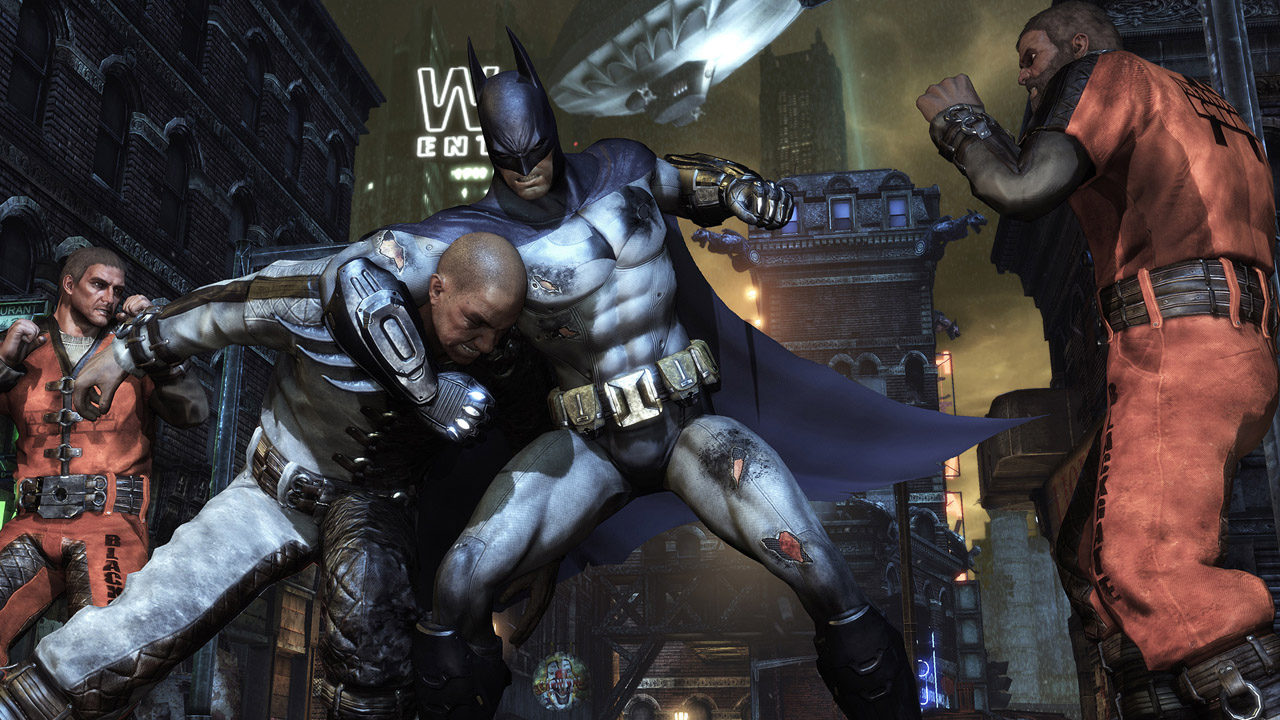
Format(s): PS3, PS4, Xbox 360, Xbox One, Wii U, PC
Set one year after Batman: Arkham Asylum, Arkham City isn't just the name of the video game; it's the name of a project enacted to turn all those poor, destitute, and unsightly bits of Gotham City into a giant Escape From New York-style prison. Perpetually rich guy Bruce Wayne voices his opposition to the program, but is abducted and imprisoned inside the City, where villain Hugo Strange reveals that he knows Wayne's dual identity as the Batman. Wayne gets hold of his Batsuit and investigates the City with the help of Catwoman and a few other allies and in the process, ends up captured by Joker. The Joker is dying thanks to the Titan formula he injected into his body in the last game, and ends up infecting Batman with the same disease after performing a blood transfusion with him. Now it's a race against time to find the cure, as well as to stop Strange's Protocol 10, aka "Plan: Blow Up Everyone In Arkham City". Batman discovers that not only is Ra's Al Ghul the puppet master behind Arkham City's construction, but that his magical blood can be used to create an antidote to the Titan blood disease. A few bad guys betraying each other and a gotcha twist later, and it's just Batman and Joker left standing, with Bats now healthy and Joker still sick. Joker just can't resist the urge to stab his archenemy, which causes Batman to drop the antidote. The vial shattered and the cure gone, Joker is consumed by the disease. Exeunt.
Key things to mention: Arkham City is the Aliens to Arkham Asylum's Alien: it's bigger, meaner, and is stuffed with loads more action, at the cost of some tension and atmosphere. And like the Alien franchise, some will argue to the death that Asylum is better, while others prefer City. Just say they both bring different perspectives to the table and move on. Definitely don't forget to mention the hideous Game of the Year edition cover, or how you could visit Calendar Man on holidays for special easter eggs. Also: every time you see Joker and he appears to suddenly be healthy, it's actually the shapeshifting villain Clayface. What a twist!
The most memorable scene: Joker's untimely death. Even though it was his own fault for stabbing Batman in the arm that was carrying his cure (thus causing it to shatter and disperse on the ground), it was still quite the shock when Joker bit the big one. Everyone was waiting for the Clown Prince of Crime's eyes to flutter or finger to twitch, but no. He died, and we were reeling for months. David Roberts and Sam Prell
Journey (2012)
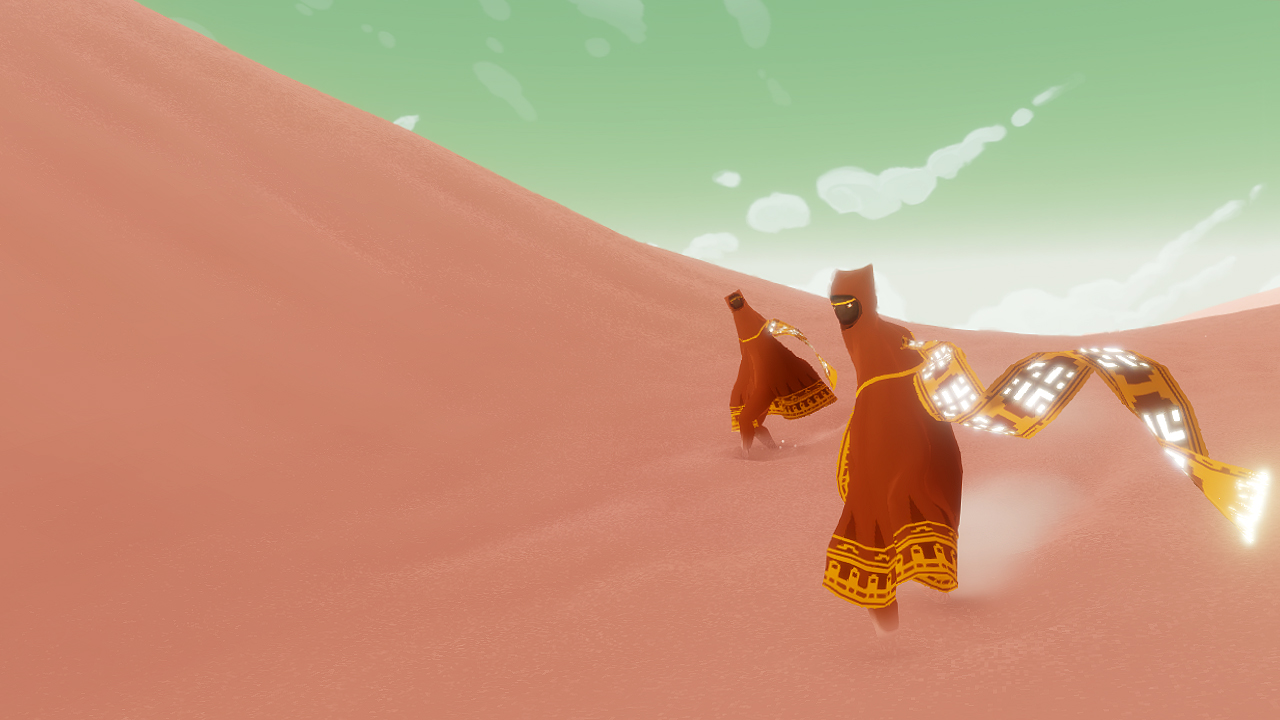
Format(s): PS3, PS4
When have you ever been truly happy to see another player in a shared online world? Not just ‘oh hi, you’re real and you might troll me’ but genuinely pleased to see them because you’re both wearing long scarves and can’t do anything other than chirp at each other and run in circles. At its simplest, ThatGameCompany’s Journey is a two to three hours quest to a mountain. Following a relatively linear route, you must steer a mysterious scarf wearing cloaked figure through an eye-wateringly beautiful world of sand and flying fabric. Charge your scarf at certain points and you’ll fly, spinning and careering into the sky. Various hurdles await - there’s a particularly tense sequence involving giant flying monsters who kill you with beams of light - but the sense of constant peace as you pray either alone or with another player at the various statues through the game is wonderful. Reaching the mountain, whether with someone or alone, is agonisingly sad as your little character stumbles in the snow to reach the top of the mountain. It collapses before it reaches the top but is surrounded by figures and the screen fills with white. You’re then transported to a blue-skied heaven-like world where you eventually reach the crevice and beam you’ve been working towards. The credits roll, and in some kind of groundhog day/reincarnation circle, you watch as a light streams back to the beginning of the game, presumably just to make the same journey again.
Key things to mention: How good it feels to make a friend and just chirp at them, Austin Wintory’s incredible cello score, the joy of surfing down sand dunes and the heartbreak of watching your little scarf wearer suffer and keel over amidst a blizzard before being helped to ascend by cloaked characters.
The most memorable scene: Aforementioned surfing. The Road of Trials sequence lets you glide effortlessly through golden sands. Initially the camera stays behind you before a gorgeous side scrolling sequence as the light filters through pillars and Wintory’s cello score soars happily. Louise Blain
Destiny (2014)
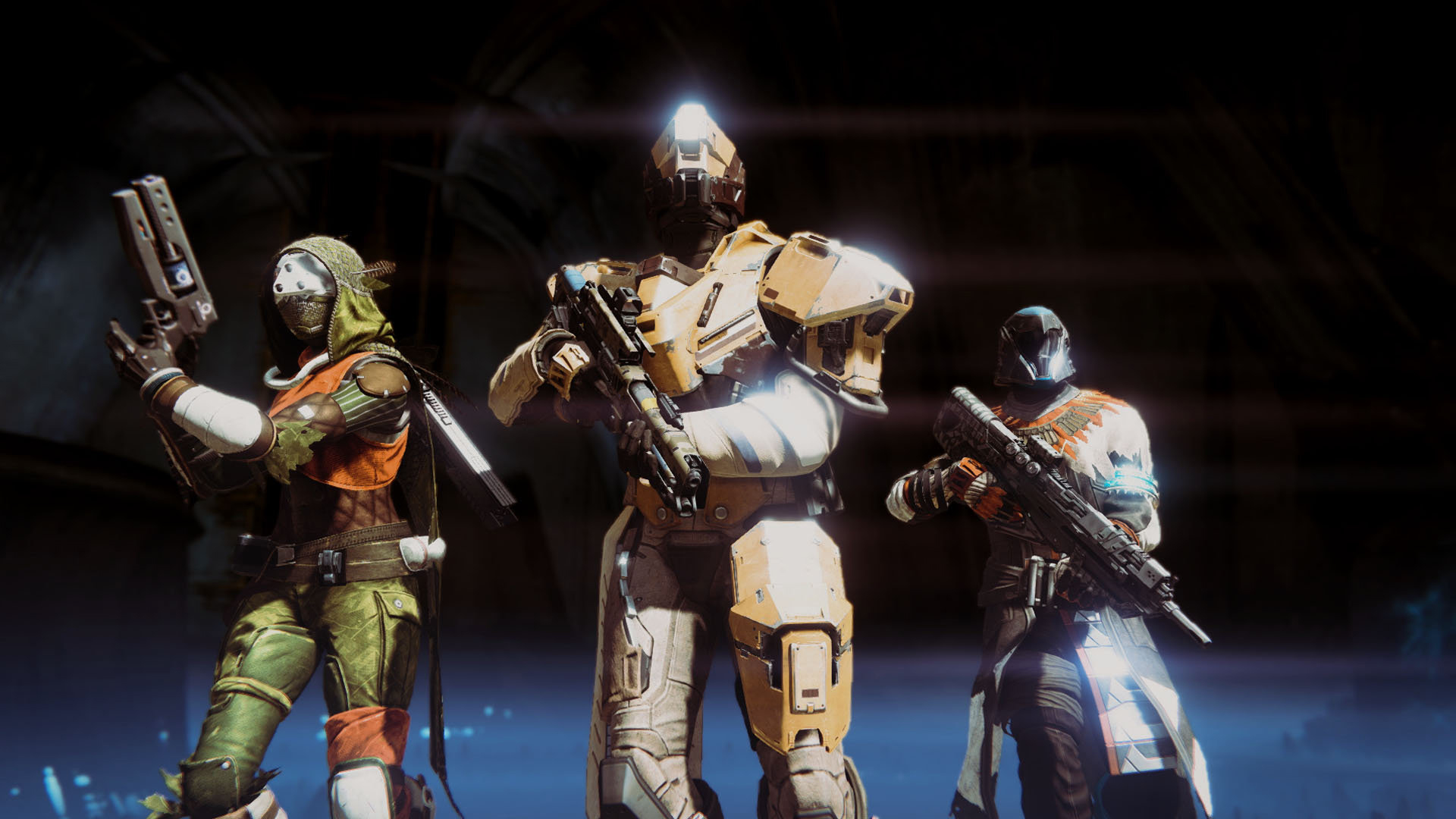
Format(s): PS3, PS4, Xbox 360, Xbox One
Ironically, the main criticism levelled at Bungie’s wonderful, deep-and-wide space FPS is that it had no plot when it released back in 2014. Here’s why that’s crap. Mankind is visited by an unknown entity called The Traveler, which makes its home just above the Earth’s atmosphere. It’s in hiding from a great evil called the Darkness, which is consuming the known universe. But that’s something for maybe Destiny 2. You play as a Guardian, and - after a few hours spent murdering the Hive and the Fallen - you’re approached by a mysterious stranger who informs you that the Vex are the real threat to the galaxy, and you need to destroy them because they’re casting a shroud of darkness over the Traveler. Fair play. You head to Venus to get the key to the Black Garden, a place where the Vex are created, and eventually fight your way in through a portal on Mars (keep up). You murder up some Vex statues called Sol Progeny, destroy the Garden, and the shroud of darkness is lifted. But, honestly, who plays Destiny for the plot?
Key things to mention: No-one plays Destiny for the plot. There are now two full-sized expansions for Destiny - The Taken King and Rise of Iron - both of which added hours of new missions and plot-threads. Destiny 2 comes out on September 8. Oh, and the wizard? It came from the moon.
The most memorable scene: You’ll probably remember the first time you finish Destiny’s original Raid, The Vault of Glass, more vividly than anything else. Or maybe when you get the Exotic weapon you’ve been trying to nab for months. It’s a deeply personal experience. Andy Hartup
Castlevania: Symphony of the Night (1997)
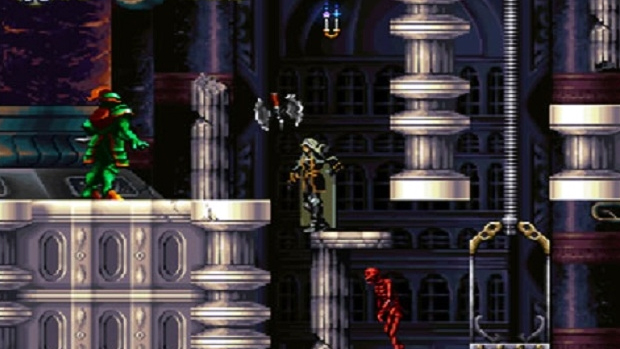
Format(s): PS1, PS3, Xbox 360, Saturn
When people talk about 'Metroidvanias', they're making a callback to the timeless Symphony of the Night, which upended the largely linear sidescrolling of the legendary Castlevania series by giving you an entire interconnected castle to explore at your own pace. You are Alucard, the half-vampire son of Dracula, returning to your dad's old stomping ground to raze it before Dracula can be resurrected for the umpteenth time. Along the way, you meet famed vampire slayer Richter Belmont (who's initially being mind-controlled into serving the baddies) and Maria Renard, a young hunter determined to save Richter from himself. As Alucard fights his way through the colossal castle - twice over, as the entire map turns upside-down at the end-turned-halfway-point - he eventually defeats Death itself and destroys Dracula's demonic reborn form. Alucard, Maria, and Richter all make it out alive, and Alucard seeks a return to a life in the shadows on account of his half-vampire bloodline.
Key things to mention: The inverted castle is an amazing twist, and it's shocking how new and different the map's many rooms feel when they're flipped upside-down. Make sure to call out how incredible Symphony looks and sounds, too - the visuals are a beautiful evolution of 16-bit sprites, and the orchestral score is easily among the greatest game soundtracks of all time. Oh, and there's always that brilliant moment as you're first starting out when you realize Alucard can frenetically chain backdashes to effectively moonwalk his way around the castle grounds.
The most memorable scene: Symphony of the Night opens with a recap of the previous Castlevania game, Rondo of Blood, where Richter confronts Dracula and discusses some pretty heavy ideologies before the fight. Drac's final line is unforgettable: "What is a man? A miserable little pile of secrets! But enough talk! Have at you!" If you prefer to cite a memory that actually involves Alucard, just mention your friendly chats with the castle's wise old Master Librarian. Lucas Sullivan
GamesRadar+ was first founded in 1999, and since then has been dedicated to delivering video game-related news, reviews, previews, features, and more. Since late 2014, the website has been the online home of Total Film, SFX, Edge, and PLAY magazines, with comics site Newsarama joining the fold in 2020. Our aim as the global GamesRadar Staff team is to take you closer to the games, movies, TV shows, and comics that you love. We want to upgrade your downtime, and help you make the most of your time, money, and skills. We always aim to entertain, inform, and inspire through our mix of content - which includes news, reviews, features, tips, buying guides, and videos.


